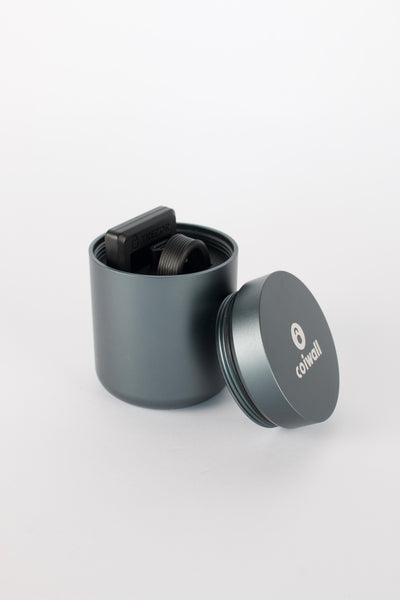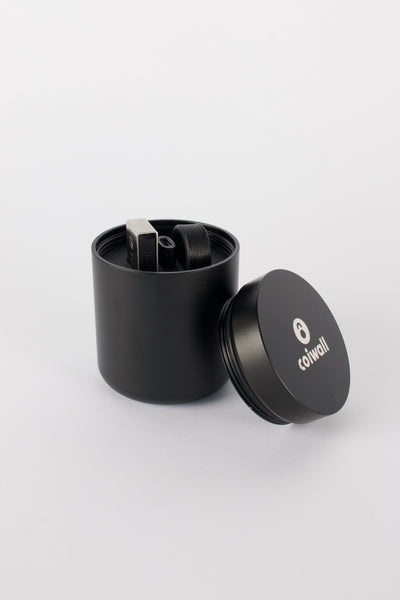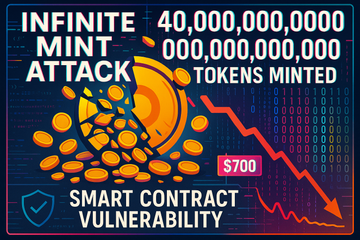If you're into crypto, you've probably heard some wild stories. But have you ever wondered what really happens when someone figures out how to create a limitless supply of tokens out of thin air? Sounds like a fantasy—except, in the crypto world, it's the nightmare called an infinite mint attack. Let's unravel what this means, how it goes down, and why it shakes entire communities to the core.
So, What's an Infinite Mint Attack Anyway?
Imagine playing Monopoly and suddenly, one sneaky player finds a way to print an endless stack of $500 bills. Game over, right? Well, that's not too far from what an infinite mint attack looks like in the crypto universe. An attacker spots a flaw in a smart contract—a digital rulebook for tokens—and uses it to create an unlimited number of tokens in a split second. This floods the market, crashes prices, and, honestly, ruins the fun for everyone involved.
How Does This Misadventure Unfold?
Now, you might be wondering, how do people actually pull this off? The steps are sneakier (and simpler) than you'd think:
- Spotting the Weak Link: Attackers comb through open-source smart contracts, hunting for bugs or sloppy code, especially in the function responsible for minting new tokens.
- Crafting the Trick: Once they find a vulnerable spot, they build a special transaction to exploit it—often bypassing supply limits or proper access controls.
- The Big Mint: With a single move, they generate a massive amount of new tokens well beyond what was ever supposed to exist.
- Cash-Out Frenzy: Attackers waste no time, selling the fake tokens or swapping them for stablecoins or something sturdy like Bitcoin, before anyone can react or new protections are in place.
See, in crypto, everything runs quickly—and when it's automated, the damage can happen in mere minutes. Hackers thrive on this speed, grabbing profits before protocols even realize what's hit them.
Cover Protocol and the Rogue Quintillions
Let me explain this with a real case: the Cover Protocol attack back in December 2020. It reads like a Hollywood heist:
A researcher sniffed out a bug allowing anyone to mint Cover tokens without limit. In less time than it takes to grab a coffee, a hacker generated 40 quintillion COVER tokens (yeah, that’s 40 with 18 zeros)—diluting everyone else's stack. The COVER token price took a nose-dive, tumbling from $700 down to dust. Liquidity dried up, traders panicked, and trust—well, that left the building immediately.
Other Victims and the Domino Effect
Cover Protocol wasn't the only one. Across the DeFi (decentralized finance) landscape, smaller projects have fallen prey to similar token-minting chaos. Each time, the sequence is eerily familiar: an overlooked coding flaw, a sudden glut of new tokens, then a mass exodus as prices vanish and faith in the protocol evaporates.
Why Does This Hurt So Much?
It might sound like a programmer's problem, but the fallout hits harder than you'd think. Let's break it down:
- Token Devaluation: Flooding the market with tokens makes each one worth less. Basic supply and demand—too much supply and prices crater.
- Liquidity Drain: As attackers swap their loot for other crypto, lending pools and exchanges get sucked dry, leaving little for honest users.
- Loss of Trust: Investors jump ship, trading volume falls, and a once-promising project might never recover. The stigma of being compromised lingers, often forever.
In a space that values transparency and decentralization, a single exploit can ripple out, scaring even the bravest crypto enthusiasts into retreat. If you were thinking of jumping into a new DeFi protocol and saw news of an infinite mint attack, would you risk your coins? Thought so.
Can Hardware Wallets Like Trezor or Ledger Help?
Honestly, even the trusty Trezor and Ledger hardware wallets—the stalwarts in self-custody—can't shield your tokens from such protocol-level disasters. These gadgets do protect your private keys, keeping funds secure from hacks or phishing. But once token value tanks or a protocol is compromised, all the cold storage in the world can't restore value lost to an infinite mint attack. Still, it's a smart move to keep assets you don't plan to actively trade in a hardware wallet; you just can't expect it to stop a project-wide mishap.
What About Prevention? Can We Really Stop These Heists?
Security pros in the crypto space sweat over this. Prevention mostly comes down to writing cleaner, smarter contracts and checking them—again and again. Here's what actually helps (most of the time):
- Multiple Code Audits: Teams pay independent experts to poke holes in their smart contracts, especially the mint function. One audit isn't enough—re-testing and outside opinions matter.
- Robust Coding Standards: Developers lean into strict frameworks, use access controls, cap minting, and test for every possible weird input.
- Continuous Monitoring: High-tech tools watch the blockchain for suspicious activity, flagging anomalies before attackers can cash out everything.
- Rapid Response Plans: If something shady is detected, protocols can freeze contracts or halt trading, slamming on the brakes before everyone else jumps in the pool.
But, here's the rub: as long as smart contracts are transparent and open-source (which is a pillar of trust in crypto!), bad actors will keep hunting for new loopholes. That's the crook’s paradox—what makes DeFi open and innovative also leaves it exposed. Security is never one-and-done; it's a marathon with shifting goalposts.
Are Audits Foolproof? Not Quite
If you’re thinking, 'Just audit the contracts, problem solved!'—well, life’s never that easy. Fresh bugs sneak through, especially as protocols add new features or try to outpace their competition. Audits help, but history shows hackers are persistent and creative, sometimes finding cracks everyone else missed. That’s why the best teams invest in ongoing checks, bug bounties, and, yes, a little humility—assuming something might slip past even the sharpest eyes.
The Real Takeaway: Stay Curious, Stay Cautious
You know what? Crypto’s a wild frontier, and infinite mint attacks are just one of the many bandits lurking out there. Whether you’re a casual token hoarder or a veteran DeFi trader, it never hurts to double-check where your assets live and how solid the code behind your favorite projects really is. And while your Trezor or Ledger can't stop a protocol from imploding, they can make sure that, if something does survive, it’s still safe in your pocket.
So next time you read about another protocol “minting” more than just a problem, you’ll know the signs. In the end, smart contract security is everyone’s business—right down to the last token.











